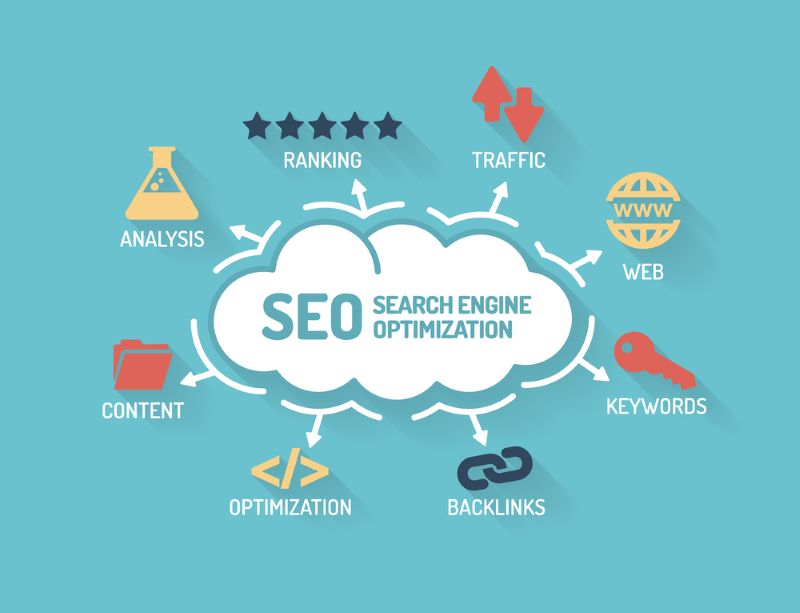
Search Engine Optimization (SEO) — everyone must have heard of this term at some point in their life. For those who haven’t, SEO covers all practices and techniques used to enhance the visibility of a website along with its content in search engine results. These methods help optimize the website, so it provides authentic user experience and ranks high during the search. Site optimization takes time and effort, but it pays off in the long run. To properly optimize the website and boost rankings, here are some useful tips.
Content Quality
The goal of SEO is optimizing site and content to improve rankings. However, all content found on the website should be created for the audience. Instead of focusing on popular keywords, content should be created to meet the visitors’ needs in terms of quality and value. It should be based on what they want to see and read. For this reason, it must be entertaining, visual, versatile, and informative at the same time. Regularly publishing useful and engaging pieces of content captivates the visitors’ attention and makes them come back for more.
Compatibility with All Devices
In the era of the highest technological advancements, it is absurd not to optimize websites and content for devices with different screen sizes and specifications. That is why one of the requirements of search engines is using Responsive Web Design (RWD). This web design method in allows web pages and their content to be displayed well across different devices, windows, and screen sizes. Thanks to this approach, visitors can access high-quality information and visual data regardless of the device they use. On the other hand, not following this practice might lead to a reduced number of visitors and low rankings.
User Friendliness
Some marketers believe user experience starts even before they actually visit the desired website. If they can’t find the site they’re looking for, then the whole site isn’t useful and valuable. The same goes for the website and its content. Users shouldn’t spend too much time searching for a specific piece of information on the site. It ruins their user experience. To spare themselves all the trouble, the companies should make their website user friendly in the first place. User-friendly website means it is easy to navigate, search, and filled with relevant and interesting content. These elements will make visitors spend more time exploring the website and keep them engaged.
Internal Linking
Internal linking is equally important as having a user-friendly website. When creating content, writers can do their part and help drive traffic across the site. This approach has several benefits. Firstly, it offers additional options for reading to visitors. With relevant anchor text, they can browse through different pages and explore other information. Also, it can significantly reduce bounce rates. Secondly, with the right internal links, the search engine can check more easily how trustworthy and relevant is the content found on the website. It makes indexing easier and faster. Lastly, it affects rankings in the search results. During this process, it is important to modify the original anchor text to avoid being flagged as suspicious content.
Tags
There are many things marketers must keep in mind when optimizing. It’s no wonder they overlook some important aspects. One essential move they usually forget is using the alternative text feature when tagging pictures. When they neglect or ignore this option, the search engine can’t include the image in its image search results. For this reason, the image should be described accurately and in detail as it will increase its chances of being featured in the search results. Also, the content will be more accessible and visible for people with screen readers on their devices.
Social Media
One last essential tip on increasing visibility and optimizing concerns the use of social media as a marketing strategy. This means the business has to improve its online presence by creating and maintaining profiles on all significant social networks. Wherever the audience is these days, that is where the brand should also be marketed. This doesn’t mean the content should be created without any purpose or effort. Quite the contrary, it should be directed towards that particular target group. Profiles on social media are a great way of connecting and interacting with the audience. The interaction can be both entertaining and informative. It shows the brand is keeping up with the latest trends and is willing to do what it takes to satisfy customers’ needs.
As shown, going back to basics makes a huge difference in the selected marketing strategy. Taking care of the smallest details and keeping track of the latest innovations can help with SEO. It may take some time to achieve the desired effect, but the business will be able to reap the rewards in the long run.
Also read: Influence of Social media on SEO
Image source: Depositphotos.com



